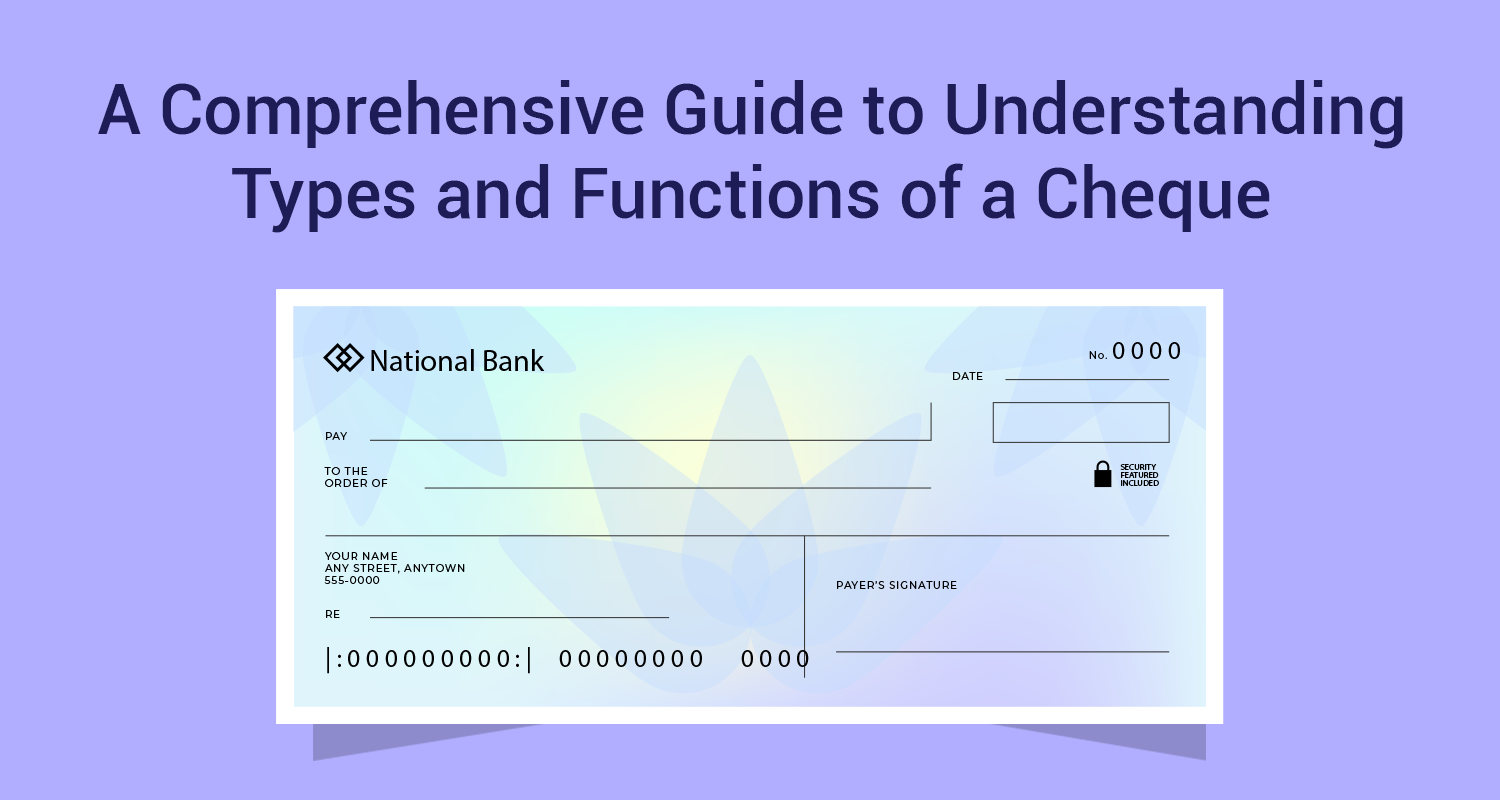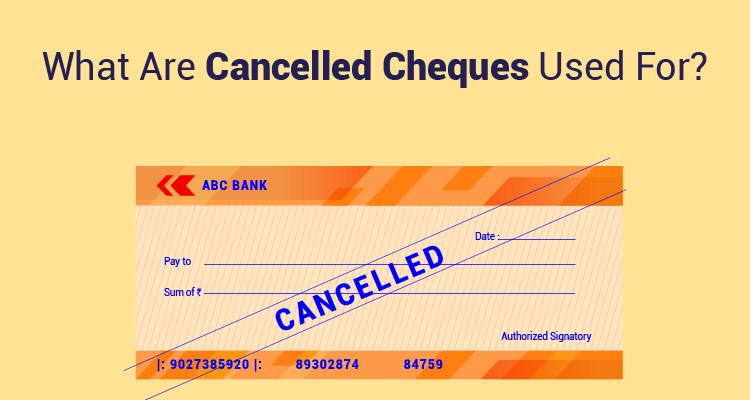Financial Solutions For SMEs

In the recent past, a number of Micro, Small and Medium Enterprises (MSMEs) have appeared across the country. Over the last few years, this sector has seen an average growth rate of 18% to 34% per year*. Today, an estimated 48 million SMEs exist all over the country**. These organisations are crucial to the country's growth rate, and for India to have an 8-10% growth rate, we need a very strong SME sector***. Most SMEs are start-ups, with the founding members investing their own money to get the company off the ground. However, in hard times, they look to banks and financial institutions for extra support. Here's a look at two of the most popular finance options available to SMEs – overdrafts and term loans.
So what is the difference between an overdraft and a term loan? And how do you tell which is right for you and your business? Choosing the right kind of loan to meet your business funding requirements can prove to be a tricky matter, particularly for Micro, Small and Medium Enterprises. Here’s some valuable information to help you make an informed decision.
What is an overdraft?
An overdraft, also termed as a revolving line of credit, is an extension of credit from a bank or lending institution. Under this arrangement, you can write cheques or make withdrawals even after an account runs out of funds. However, the credit is extended only up to a certain predetermined amount, called the overdraft limit. As with all lending arrangements, you will have to pay interest on the outstanding loan balance.
Overdrafts are revolving in nature. This means they do not have a fixed repayment period and you can keep borrowing and repaying the money. The facility of revolving line of credit is offered for a year and can be renewed every year given the repayment history. Overdrafts are an extremely important financial tool for small businesses as they provide immediate funds in the case of an emergency. However, this facility can be withdrawn at any time, at the discretion of the lending body.
What is a term loan?
A term loan is a lump sum lending option that allows you to borrow a greater amount as compared to an overdraft facility. For this sort of lending, financial institutions generally require collateral in the form of property or some fixed asset. The amount of funding that an enterprise can obtain from such a loan will largely depend on the value of assets that it is able and willing to pledge or mortgage.
Such loans are repaid in set instalments and have a fixed repayment schedule, which generally spans from anywhere between one year and ten years.
Let’s take a look at the advantages that overdrafts and term loans have to offer SMEs:
| Advantages of Overdrafts | Advantages of Term Loans |
|---|---|
|
|
What if your business needs both an overdraft and a term loan?
At certain times, your business may present a situation where you might need both an overdraft and a term loan. The good news is, it's possible to avail of both types of lending facilities at the same time.
So, can I get finance for my business?
As long as your company is transparent in its operations and finance, and does not have a history of defaulting on debts, availing finance is possible. In general, financiers will check the credit worthiness of your company in terms of cash flows, profitability, capital structure and other qualitative factors before making a decision.
* As reported by KPMG in an article about the impact of e-Commerce on SMEs
** As reported by KPMG in an article about the impact of e-Commerce on SMEs
*** As mentioned by Dr. K. C. Chakraborty, Deputy Governor, Reserve Bank of India
India Infoline Finance Limited (IIFL) is an NBFC, and is a reputed name when it comes to financial solutions such as mortgage loans, gold loans, capital market finance, healthcare finance, and SME finance.
At IIFL, we help you meet long term and daily working capital needs of your business through our specialised SME loans. You can choose for a revolving line of credit or a term loan or a combination of both through our customised loan solutions All in all, an IIFL SME Loan will enable you to optimise your borrowing cost and ensure that you have timely access to funds.
To learn more about IIFL SME Loans, click here. If you wish to apply for an IIFL SME Loan, click here.
Disclaimer : The information in this blog is for general purposes only and may change without notice. It does not constitute legal, tax, or financial advice. Readers should seek professional guidance and make decisions at their own discretion. IIFL Finance is not liable for any reliance on this content. Read more



